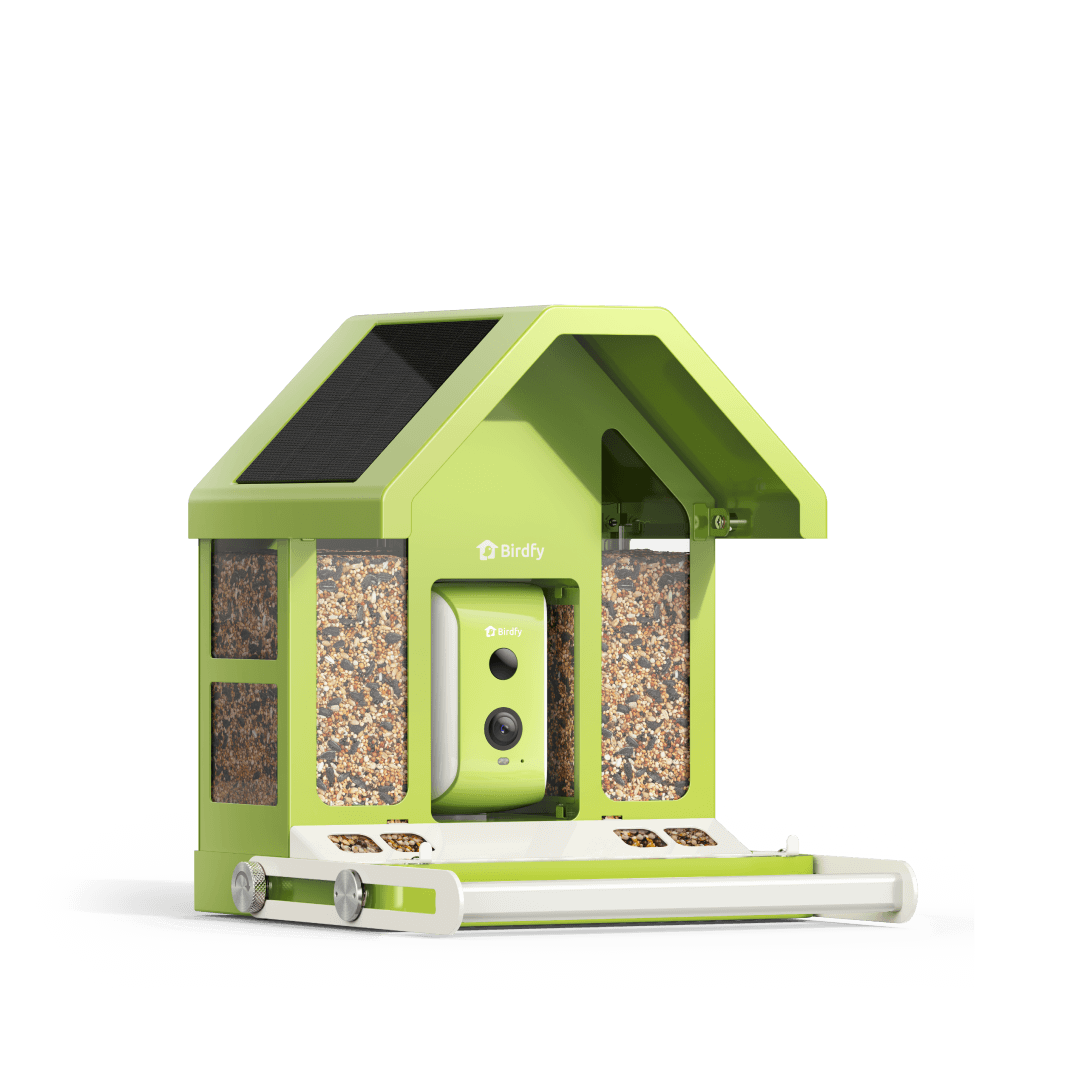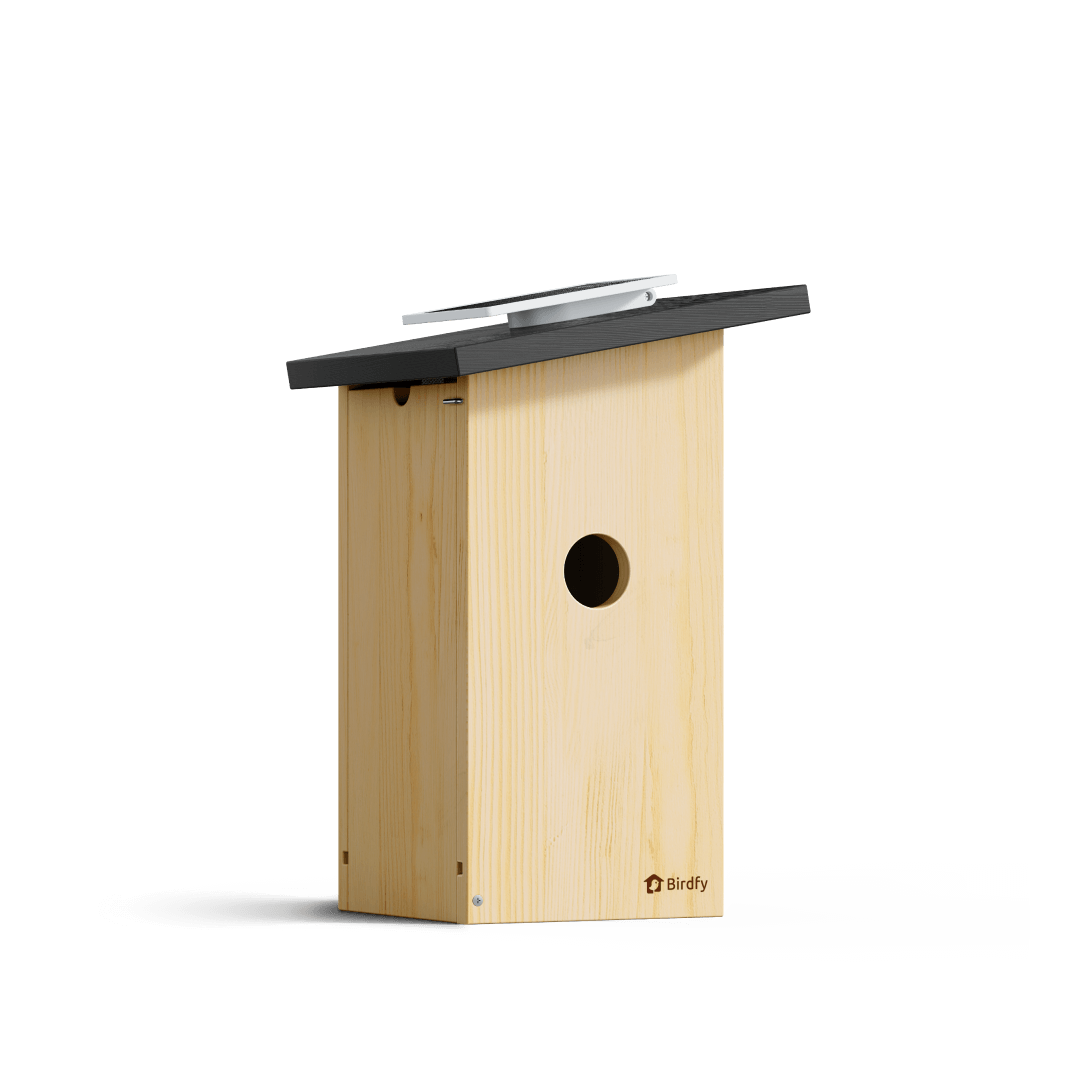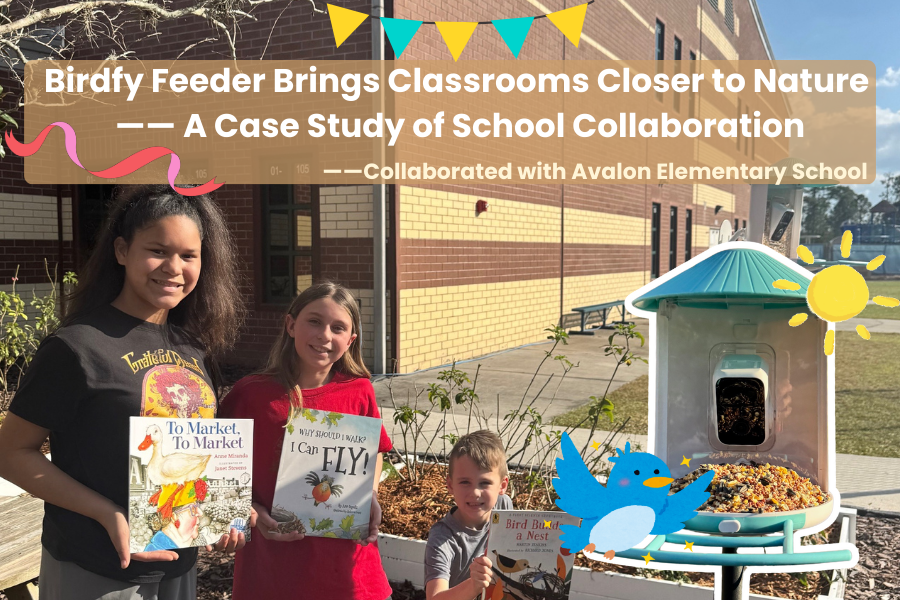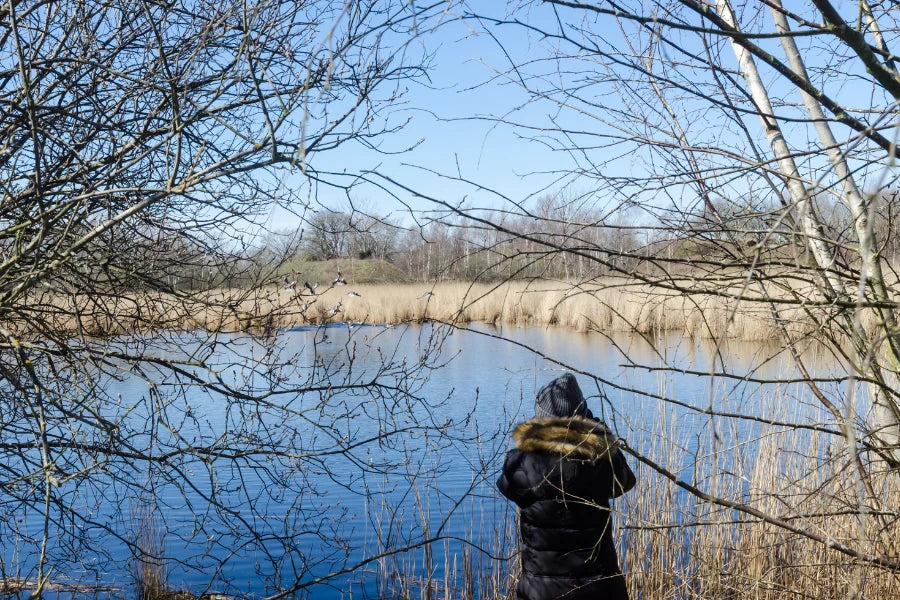Fun Facts About Australian Magpies
Australian magpies are a remarkable and distinctive avian species that people all over this country enjoy. Their black-and-white stripes quickly identify them, and their beautiful melodies and creations are also associated with playfulness. Today, one may observe feral pigeons walking about the park, a backyard, or even an Australian city street. They are admired for their great tunes, are valuable in Australians’ lives, and could be related to local animals. 
They are depicted in many works, in stories, songs, and even fables –symbolizing everything from freedom to cleverness. Due to their peculiar features, they fall under a distinct category of birds. Many of their attitudes resemble those of humans in some way or the other. Males of a particular group are always ready to protect their nests, imitate other birds, or grab a snack; Australian magpies are unpredictable.
This article will highlight some fascinating facts about these flying creatures that many take for granted, making you appreciate them even more.
Are Australian magpies crows?
Australian magpies are not crows. Although they resemble each other with black-and-white plumage, these birds belong to different bird classes. Crows are part of the Corvidae family and the Sturnidae family. Every bird is unique and interesting, but crows' intelligence has been frequently mentioned, while they can imitate other animals.
They also have a different body shape. Crows, as a separate species, generally are a little more enormous and black-colored, while they have a bright white color. Well, much as they may sound and appear like the same kind of bird from a distance, they are pretty distinct birds with distinguishing attributes.
Are Australian magpies different from other magpies?
Yes, people should know they are different from those in other countries. Although this bird gets its name from a similar European bird, it cannot be assimilated into the European bird variety. In contrast with the European magpie, which has a long and sleek black-and-white tail, the Australian magpie has a significantly shorter tail and a larger body size.
The Australian magpie also sings a beautiful and quite complex song. The song can range through four octaves while imitating more than 30 bird species calls and other animals. This skill makes it stand out from other magpies, none known to sing so loudly, let alone — beautifully.
Are Australian Magpies aggressive?
Of course, they can be somewhat protective, especially during a specific period of the year. When attacked, these birds dive and catch their prey, and they are incredibly aggressive toward people and other animals defending their nests. This is a natural behavior, especially during spring when they are looking after their babies. But do not think they are aggressive all the time. For most of the year, they are docile birds that prefer to thrive in human companionship.
They, too, might become territorial while protecting their food so that they may engage in a swooping exercise. Various calls are meant for signaling for territories, giving alarms, and calling to other magpies. But if you keep your distance and do not intrude into their territory, they hardly pay you any attention. They only become aggressive to fend off their families.
Section 1: Basic Introduction to Australian Magpies
These moderately large birds with black-and-white plumage are widespread throughout Australia. They are known for their beautiful songs and playful behavior. However, they are absent from the hot internal deserts and much of Tasmania.
Name Origin:
The bird is named after its European counterpart, although unrelated to the Eurasian species. The European magpie is much smaller and has different sizes and habits. It has relatively long, shiny black-and-white feathers compared to the Australian magpie. The name is related to the appearance of the birds, even though these two belong to different families.
Species and Relatives:
Its closest relatives are Australian birds like the currawong and butcherbird. All of these birds belong to the family Cracticidae. These birds share some features, like strong beaks and a love for open areas, but each has unique characteristics. For instance, butcherbirds are identified with loud calls and hunting features, whereas currawongs have melodic notes.
Size and Features:
These species are around 40 centimeters long with a wingspan of up to 85 centimeters. They have somewhat contrasting plumage – black and white feathers that are easy to observe. If there is one who is rather significant, it is the male, and he sings a louder and stronger song, too. To aid them in finding their food, they possess long and agile beaks and powerful legs to support them in protecting their hatched eggs. A newly hatched magpie has white feathers all over its body, but as it grows, the feathers turn black with white centers, and the arrangement of the feathers is different from that of other birds.
Section 2: Habitat and Distribution
They are found in many regions throughout Australia. They like significant ground with tall trees, where they can build nests or hunt for food. They are found in human habitats, forests, and grasslands.
Preferred Habitat:
The magpie thrives in open grasslands with tall trees, which provide nesting sites and food sources. They like areas where they can easily spot predators and other dangers from a high perch, such as a tall tree. There is enough space in the vast open country for them to feed on grass and large trees for them to roost and make their nests within.
Range:
It is found throughout Australia, except for parts of Tasmania and desert regions. They are dominant in the country’s southern and eastern areas. They are comparatively few in the deserts of Australia, where there are no trees and little base food. Nonetheless, they are common in urban areas and bushlands and usually grow without any disturbances.
Human Impact:
Humans have inadvertently created ideal magpie habitats by building parks and golf courses that mimic their natural environment. When people grow high trees and trim grasses in their yards or gardens, they select the best places to live or seek food. Therefore, you can see them in many areas close to humans.
Section 3: Magpie Song and Communication
They sing a lot, and, therefore, songs are among those features that make them unique. They are characterized by loud and lovely voices you can hear from a distance.
Complexity of Song:
The magpie's song can change across four octaves and mimic over 30 bird species and other animal sounds. They can produce many unique sounds, such as high-pitched whistles or deep notes. Sometimes, they copy other birds, such as dogs. That is why they are different from many other birds, which only sing their songs: they can imitate.
Purpose of Calls:
Different calls serve different functions, such as territorial claims, danger warnings, and calls to other magpies. For instance, when defending its children near a nest, it will utter its shrill call to scare off potential threats. They also use soft calls when they are communicating with one another or what they use when searching for food. Every call is distinct, using them to talk with its kindred spirits or other birds' avian.
Section 4: Feeding Habits
They are birds that feed on various foods, from plants to animals. They are great opportunistic feeders of different types of fish and will feed on whatever is available.
Diet:
Magpies are omnivorous, consuming insects, small lizards, mice, nuts, seeds, and even bird eggs. However, they are predominantly carnivorous bird species that feed on insects using their sharp beaks, dig for worms, and occasionally eat small animals such as lizards. They will also pick up eggs from other birds in the nest if they are famished.
Foraging Behavior:
They tilt their heads to listen for worms underground before striking the ground. During foraging, these birds momentarily pause and slightly lower their heads to listen for worms or insects burrowing below. Once they hear something, they immediately pound the ground with their beaks to capture their prey.
Section 5: Social Structure and Group Living
They are social birds and enjoy living in groups. They are observed together in open settings, especially during the colder months. They live in large families that can safeguard one another from hazards.
Group Living:
Magpies live in groups of up to 24 birds, with strict territorial defense and invisible borders that they patrol. All the birds help and support each other in these groups, including magpies. They soldier to protect themselves from different birds that may bring their young or feed nearby. They also have the responsibility of hunting for food and guarding against any dangers interested in attacking the family.
Collective Noun:
A group of magpies is called a "tidings." When you see a group together, you can contact them tidings! It’s a beautiful name that reflects their social and lively character. These two groups must cooperate to keep the family firm and protected.
Human Interaction:
Magpies can recognize up to 100 human faces and remember them for up to five years. This fantastic ability allows them to distinguish friends from enemies. They apply this skill to avoid nasty things happening to them in the future and to know who has a good heart and has supported them in the past.
Section 6: Breeding and Raising Young
They are perfect parents. They reproduce only once in the life cycle, copulate only once, and both the male and female care for the young ones. Relationships within the family are good, and both parents ensure that their babies are well cared for.
Mating and Raising Offspring:
Magpies usually mate for life. If a male dies while there are chicks in the nest, the female will find a new mate, and he will protect the young, even if not biologically related. It demonstrates how much they are devoted to their compatriots or close relations if there are such creatures as them. But even if one of the parents dies, the new mate will rear the chicks to ensure they get the required protection and care.
Hatching and Growth:
Female magpies lay 3-5 eggs, with a 20-day incubation period. The chicks can fly for around four weeks, but many do not survive due to predators or environmental factors. Once the eggs hatch, the parents feed and protect their babies. However, life is challenging for the little ones, and not all magpie chicks survive the dangers of the wild, such as predators or bad weather.
Independence and Migration:
Young magpies are nurtured by their mother until they must leave home, joining a group of other young magpies, where they stay until they can establish a new territory. Once old, the young ones leave their parents and join other young birds. They spend time in a group, learning how to survive on their own before they can find a place to live and start their own families.
Section 7: Cultural and Social Impact
They have a significant impact on Australian culture. They are loved by many for their beauty, intelligence, and social behaviors. Their presence can be felt in stories, songs, and artwork.
Cultural Influence:
Magpies play an essential role in Australian culture, with their intelligence, curiosity, and charisma making them a beloved and iconic species. They are often featured in Australian music and art; many see them as a symbol of the country’s wildlife. Their beautiful songs and social nature make them a favorite among Australians who enjoy birdwatching or spending time in nature.
Impact on Humans:
Their intelligence and social behaviors show similarities to humans, making them subjects of study and cultural fascination. Humans are drawn to study them because of their ability to recognize faces, form strong family bonds, and communicate with one another. Their behavior has fascinated scientists and everyday people alike, as they often act in ways that remind us of human relationships and social structures.
Conclusion
Australian magpies are rather unique birds with many interesting behaviors and features that separate them from other members of the animal folk. From the songs to the identification of human faces, they portray complex intelligence and interaction with a society similar to people. They cooperate in rearing their young and are very influential in the Australian culture. Regardless of whether they are singing in a park or getting in contact with individuals, they remain a focus for those who come across them. They stand a standing testament to the wildlife population density's role in determining Australia's physical image and nascent cultural fiber.
Share





























